
views
- Alterous attraction is a desire to have semi-romantic emotional intimacy with someone. It’s a blend of both romantic and platonic attraction and acts as a gray area between the two.
- Alterous attraction falls under the aromantic spectrum, which includes people who rarely or never experience romantic attraction.
- The term was coined on Tumblr in 2015. Later, another Tumblr user created the first Alterous Pride Flag, which features four stripes: yellow, gray, pink, and red.
What is alterous attraction?

Alterous attraction is a desire for semi-romantic emotional intimacy. Think of it as a kind of “gray area” between romantic and platonic attraction. While romantic feelings are rooted in sexual desire and platonic feelings are specifically non-sexual, alterous attraction has elements of both. You can experience alterous attraction exclusively, occasionally, or towards a specific person. It's totally possible to use “alterous” to describe your sexual orientation. By using this label, you're describing yourself as someone who exclusively experiences alterous attraction and rarely or never experiences full-fledged romantic attraction. You may also experience alterous attraction towards some individuals, but develop deeply romantic feelings for others. In this case, “alterous attraction” describes the type of attraction you feel in a specific situation, rather than your sexual orientation as a whole. “Alterous” can be used with prefixes like “bi-”, “pan-”, and “demi-” to denote other aspects of your sexuality. For example, a bialterous person may experience alterous attraction towards male and female partners, or masculine and feminine people. An alterous “crush” is known as a “mesh.”

Alterous attraction can fall under the “aromantic” spectrum. Aromantic people may experience sexual attraction, but rarely or never experience romantic feelings (though they may still feel platonic love for others). People who identify as alterous, however, experience attraction that falls somewhere between platonic and romantic. Since this attraction isn’t the same as romantic attraction, some people consider it to be a form of aromanticism. Not all alterous people identify as aromantic. For example, some people may feel alterous attraction to certain individuals, and romantic attraction towards others. Keep in mind that “aromantic” is not the same as “asexual.” People who identify as asexual experience little or no sexual attraction, whereas “aromantic” people may still experience sexual attraction, but not romantic attraction. Not sure if you identify as aromantic? Take wikiHow's Am I Aromantic Quiz to take a deeper dive into your personal preferences.
Where does the term “alterous” come from?
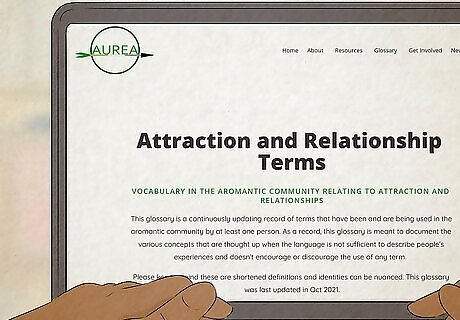
“Alterous” was coined in 2015 in a blog about the aromantic spectrum. It was submitted by a reader to the Tumblr “Aromantic Spectrum Awareness Week.” The reader defined “alterous” as an “attraction that can only be described as a desire for emotional closeness because neither romantic nor platonic attraction is accurate.” The term is meant to be used in place of “romantic” or “platonic.” “Aromantic Spectrum Awareness Week” promotes an annual week-long event held in February that raises awareness of aromanticism.
Flags & Symbolism

The original Alterous Pride Flag has 4 stripes: yellow, gray, pink, and red. It was created in 2016 by the Tumblr user @alterous-albatross. According to the original post, yellow represents “platonic” attraction, gray represents the “gray area between romantic and platonic,” pink represents “affection,” and red represents “romantic” attraction. The designer was inspired to create the Alterous Pride Flag because no such flag existed for the alterous community at the time.
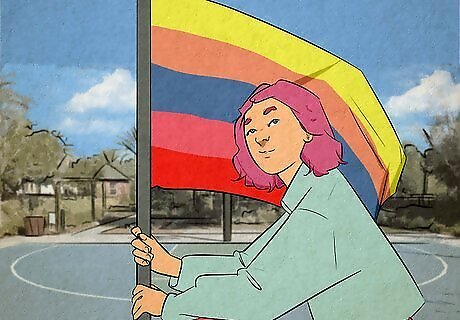
Other Alterous Flag designs have similar colors and 4-6 stripes. The most popular is the original 4-stripe version, which features the colors yellow, gray, pink, and red. Multiple 5-stripe versions exist displaying some combination of yellow, orange, dark blue, light blue, pink, red, purple, or white. A 6-stripe version features a color gradient from yellow to pink, top to bottom. Some variations incorporate a heart, diamond, or other symbols over the stripes. The 6-stripe version features both a heart and a diamond. Some versions incorporate colors from other flags. For example, the “bialterous” flag may include purple, blue, and pink stripes from the bisexual pride flag.
Community Perspectives

The term has been controversial and its exact meaning is still debated. Some folks feel that the concept of “alterousness” unfairly downplays the importance of platonic attraction. Others embrace the term but see it as something separate from platonic or romantic attraction—not as being “in-between” these two things, but as a unique form of emotional intimacy that can be just as intense as romantic attraction, without being rooted in the same sexual desires. Though a consensus has emerged since the term was invented, the definition of “alterous” may still evolve in the future.
Signs You’re Experiencing Alterous Attraction towards Someone

You share a strong emotional connection, but you’re not “in love.” You still adore them. Maybe you even love them. But you haven’t quite “fallen” for them in a traditional romantic sense, and you don’t see it happening further down the line. They’re still incredibly important to you, but you don't necessarily get “butterflies” or feel giddy when you think about them. You might trust them and confide in them, and have them do the same in return, just as a romantic couple might do with each other.

You don’t see them as a partner, but they’re more than a friend. You spend a lot of time together—possibly to the point where people may sometimes assume you’re a couple. But despite how close you feel, they’re not “the one" in terms of romance, and that’s fine by you. You might not even want a person to be “the one” in your life—and that's totally valid! You can absolutely still date and form relationships if you identify as alterous. For instance, you and an alterous partner may choose to be in a relationship with each other.

You may still have sex, but it hasn’t led to romantic feelings. You might feel a strong sexual attraction to each other and have great physical chemistry. Maybe this intimacy has even brought you closer, emotionally. But that closeness hasn’t quite evolved into romance—and maybe it doesn’t need to. You might still develop romantic feelings for some people, but not others. The kind of desire or attraction you feel can vary from person to person.
Resources & Support
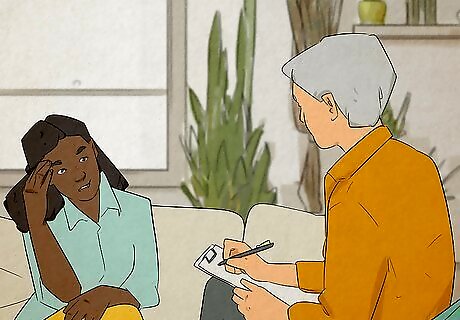
Consider seeing a therapist who specializes in LGBTQIA+ issues. A skilled therapist can help you explore and understand the types of attraction you experience, and how they may relate to your identity. Search online for therapists in your area who work with LGBTQIA+ individuals. If there are none nearby or you don’t feel comfortable seeing someone in person, search for therapists who offer telehealth appointments. If you have health insurance, check with your insurance company to find a therapist who is in-network. Your insurance company is more likely to cover the cost of an in-network therapist. Search for therapists who offer sliding scale appointments if you don’t have health insurance or can’t find someone in-network. Websites like 7Cups and BuddyHelp are great, free resources that can connect you with a volunteer listening ear.
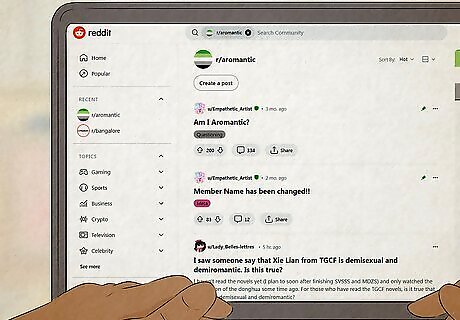
Join online communities for alterous people. Create a Reddit account and join the subreddit r/aromantic, where you’ll find many discussions on alterous attraction. Tumblr and YouTube also have content discussing alterousness. Share your experiences, ask questions, and find common ground with other users who experience attraction the way you do. If you already use Reddit, Tumblr, or YouTube and want to maintain your privacy, consider creating separate accounts for posting about alterous attraction. Q Chat Space and TrevorSpace are both great, safe places to connect with understanding members of the LGBTQ+ community.












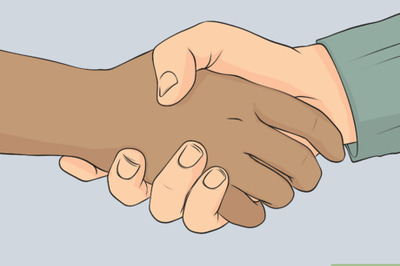




Comments
0 comment